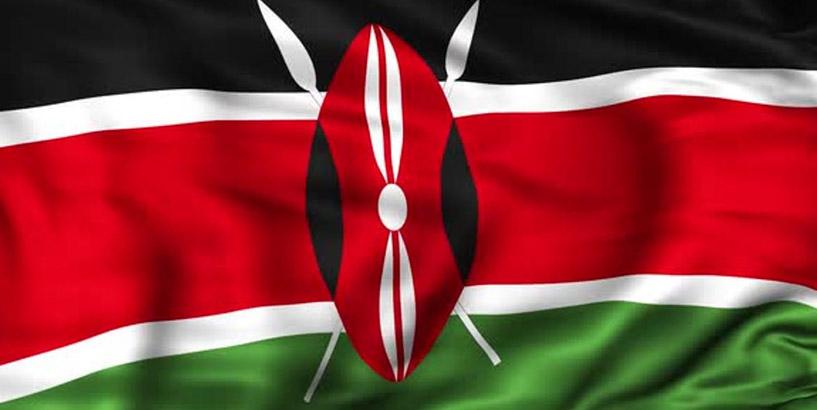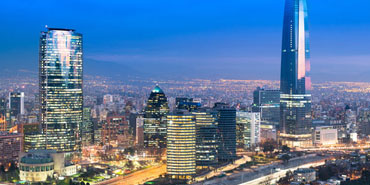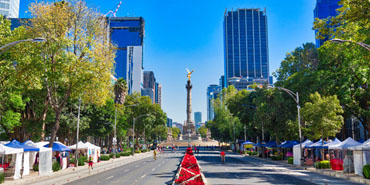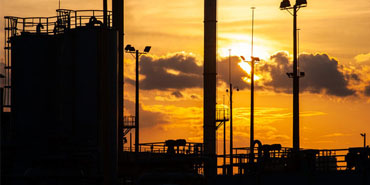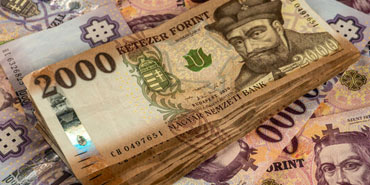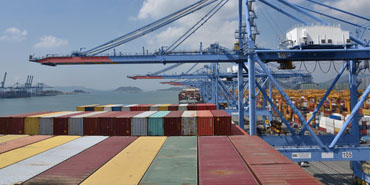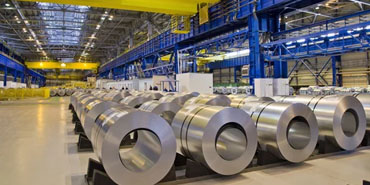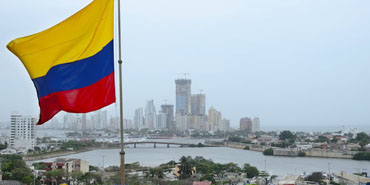Investors should consider investment inducements offered by a country before investing their money in that economy. Understanding the investment incentives will help you determine whether that country provides favorable investment opportunities or not. This article covers investment incentives provided by the Kenyan government to all investors. Read on!
Fiscal and Non-fiscal Incentives in Kenya
The Kenyan government has put investment incentives in place to attract and retain foreign and local investors in the country. These incentives are both financial and non-financial.
Financial incentives are tax incentives that involve deducting, excluding, or exempting investors from tax liability. They include reduced tax rates and tax holidays on corporate income.
The main purpose of tax incentives is to attract Foreign Direct Investment (FDI). They also promote economic policies that encourage investors to invest in specific target sectors identified by the government.
Non-financial incentives are non-tax inducements that target specific sectors of the economy. They are made available to investors in the form of direct government subsidies and exemptions. Such subsidies include government grants, warranties, and loans given to investors who invest in particular government-approved projects.
Tax Incentives
Tax incentives are deductions made based on capital costs incurred when calculating annual investment profits that a person or company has made at the end of the year. The following capital deductions are available in Kenya.
The 2020 Amendment Act on Tax Laws that was formulated to cushion investors after the outbreak of Covid-19 repealed the previous tax legislation. It abolished the previous Schedule number two under the Act on Income Tax and replaced it with a new Second Schedule under the Act on Investment Allowance. The 2020 Schedule rationalized the rates on capital allowance to 100 percent maximum rate. The Act further stipulates that deduction claims should be made based on reducing balance. This means that 50% of the total deduction is claimed in the first year and the balance at the rate of 10%, 20%, or 25% in the consecutive years.
i) Building Deductions
The government of Kenya gives allowances on the capital outlay incurred in constructing a building to use or lease for industrial business purposes in the form of industrial buildings’ deductions. To qualify for these deductions, the buildings constructed should be used for the intended business purposes only. These allowances are calculated at a rate of 10 percent of the capital cost incurred.
The 2020 Investment Allowance Schedule specifies that 50% of the building deductions should be claimed in the first year that industrial buildings are used. Buildings that attract such a deduction are those that serve as hotels, hospitals, and gas and petroleum storage facilities together with the ones used for manufacturing purposes. The residual deduction should be claimed at the rate of 25% on reducing balance in the following years.
Allowances on buildings constructed for commercial and educational purposes, including student hostels, should be claimed at 10% annually on a reducing balance from their first year of use.
ii) Farm Work Deductions
Farm work is any form of construction done to enhance a farm’s operations. Farm work deductions are allowances given to agricultural investors for the cost incurred in constructing structures on their agricultural land, including houses built for employees. The relevant rates for these allowances are 50% in the first year followed by 25% annually on reducing balance.
iii) Deductions on Machinery
These deductions are meant to buffer investors against the machinery’s wear and tear. The deductions depend on the class of machinery. The Tax Law provides that:
• 50% of the deductions on manufacturing machinery, hospital equipment, and ships or aircraft should be claimed in the first year of use. The allowance residual rate for this class of machinery should be 25% yearly on a decreasing basis.
• Calculators, computers, computer hardware and software, heavy earth moving equipment and motor vehicles, copiers, and duplicating machines will attract 25% deductions in their first year of use.
• Telecommunications equipment together with furniture and fittings should be claimed at 10% annually on a reducing balance. The same rate applies when a telecommunication operator buys or acquires an inalienable right to use fiber optic cable.
• Filming equipment will attract 25% annual deductions on reducing balance if the investor is a licensed local film producer.
• Machinery that operates under a prospecting right together with the ones that operate under a mining right will attract 50% allowance claim in their first year of use followed by 25% yearly on reducing balance.
• Investments in any other type of machinery attract deduction rates of 10% yearly on reducing balance.
Investments in any other type of machinery attract deduction rates of 10% yearly on reducing balance.
iv) Deductions on Investment
Investment Deductions are allowances that investors are given to encourage them to invest in specific locations, projects, and capital volumes. The provisions for the deductions are:
• Investments located in Kenya’s three main cities - Mombasa, Kisumu, and Nairobi - attract 100% investment deductions of the cost.
• The investment allowances on Kenya shillings 200 million (approximately $2 million) worth of investment outside Kisumu, Nairobi, and Mombasa is 150% of the total cost.
• Manufacturing export goods under bonded warehouses attract an investment deduction rate of 100%.
• The deduction rate applied on investments done in Export Processing Zones as well as for buying a new power-driven ship which is above 125 tones or buying and refitting a second-hand power-driven ship above 125 tones is 100%.
Incentives in Export Processing Zones (EPZ)
Export Processing Zones were created by an Act of Parliament to encourage export-oriented investments.
There are many financial and non-financial incentives available for those who invest in EPZ projects. These incentives are available to all investors whether foreign or local, as well as joint investors. The inducements are both financial and non-financial.
Financial Incentives
Financial incentives are also called tax incentives. They are financial benefits that are available to investors which include:
• 10 years corporate income tax vacation followed by a tax rate of 25% for another 10 years as long as the company is not registered as a commercial EPZ.
• 10 years withholding tax respite applies to foreigners on dividends and other remissions if the enterprise’s license is not EPZ commercial.
• Indefinite VAT and custom duty exemptions on imported raw materials, machinery, building materials, office equipment, certain petroleum fuel for boilers and generators, and other supplies. This provision does not apply to motor vehicles that don’t remain within the region.
• Perpetual exemption of stamp duty payable on all legal instruments.
• Investments in EPZ buildings and machinery attract 100% investment deductions for 20 years.
Non-Fiscal EPZ Incentives
The inducements that are not monetary include:
• Several projects are allowed to operate using one EPZA license.
• Speedy approval of projects that do not require the National Environmental Management Agency (NEMA) approval and licensing.
• Foreigners are not restricted on the type of investment to make.
• Availability of land and buildings for sale or lease to all licensed EPZ firms is assured.
• Provision of 24-hour security, reliable street lighting, cleaning, and garbage collection services are guaranteed.
• Office space and warehouses for lease will be provided to all EPZ investors.
Conclusion
The Kenyan government provides both fiscal and non-fiscal incentives to all investors willing to invest in the country. These investment incentives are implemented by the Kenya Revenue Authority (KRA) in conjunction with the Export Processing Zones Authority and the Capital Market Authority.



